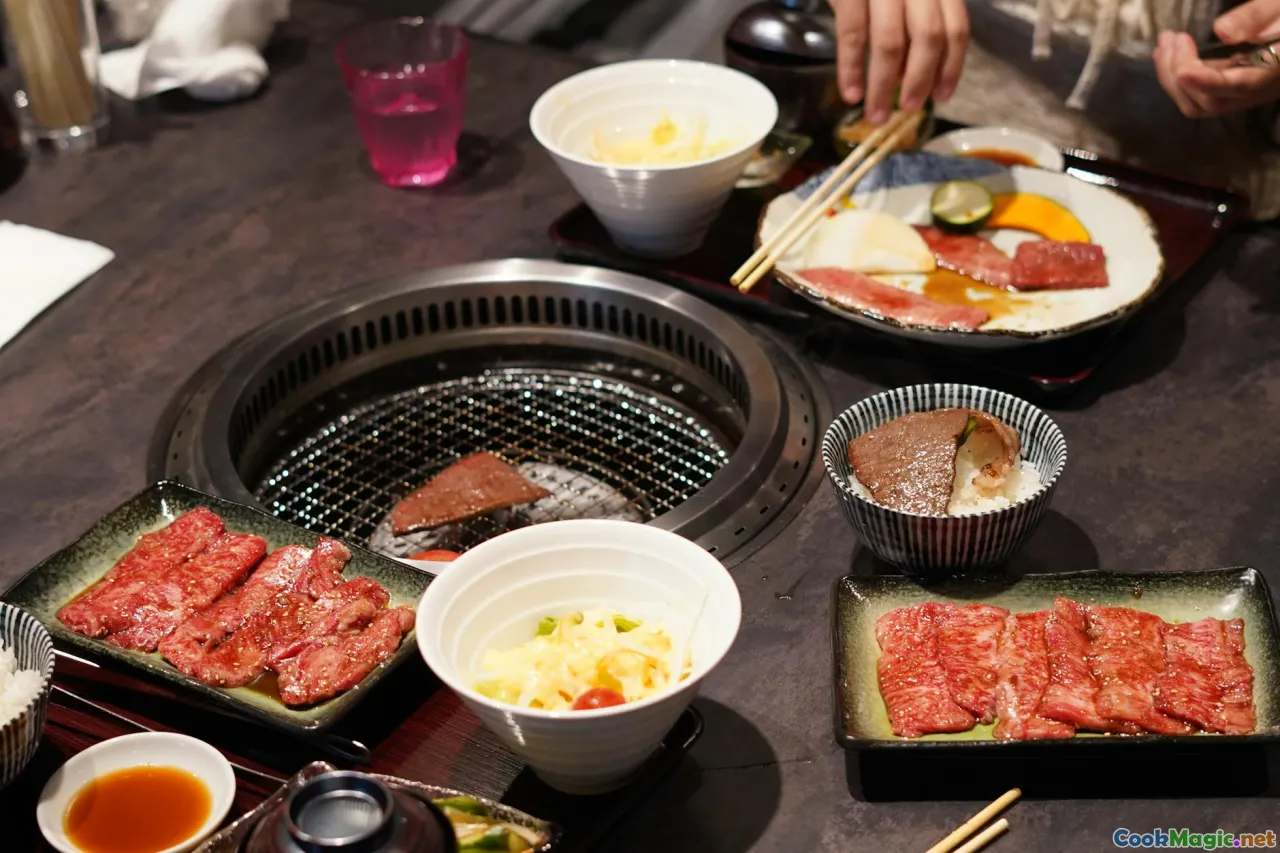Seasonal Eating Around the World
3 min read Explore the vibrant world of seasonal eating, uncovering traditions and flavors that connect cultures through food. April 16, 2025 02:00
Seasonal Eating Around the World
Eating in tune with the seasons is not just a health trend; it is a practice steeped in cultural significance and culinary heritage. Across the globe, different regions celebrate the arrival of seasonal ingredients with unique dishes and traditions. In this article, we will journey through various cultures to discover how seasonal eating shapes flavors, fosters community, and preserves traditions.
The Philosophy of Seasonal Eating
Seasonal eating revolves around the idea of consuming foods that are at their peak freshness and flavor during specific times of the year. This practice not only supports local agriculture but also connects us to the natural rhythms of the earth. In many cultures, the arrival of seasonal ingredients marks a time for celebration, reflection, and community.
Why Seasonal Eating Matters
- Health Benefits: Seasonal foods are often richer in nutrients and taste better, as they are harvested at their optimal time.
- Environmental Impact: Eating locally reduces the carbon footprint associated with food transportation and promotes sustainable agriculture.
- Cultural Significance: Seasonal foods often play a key role in traditional dishes and rituals, reflecting the history and customs of a region.
Seasonal Eating Around the Globe
1. Spring in Japan: Hanami and Fresh Ingredients
In Japan, the arrival of spring is celebrated with Hanami, the cherry blossom festival. Families gather under blooming trees to enjoy picnic spreads featuring seasonal delicacies like sakura mochi (sweet rice cakes wrapped in cherry leaves) and bamboo shoots, which are tender and flavorful in spring. The Japanese emphasize the beauty of seasonal food presentation, making each meal a visual feast.
2. Summer in Italy: The Bounty of the Garden
Summer in Italy brings a wealth of fresh produce, from sun-ripened tomatoes to fragrant basil and zucchini blossoms. Traditional dishes like Caprese salad highlight these ingredients, celebrating the simplicity and vibrancy of the season. The Italian philosophy of *









